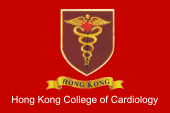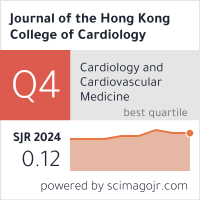Abstract
Objective: Creatine kinase-myocardial band (CK-MB) and troponin-I are the most specific and accurate indicators of myocardial infarction among different cardiac biomarkers. However, few studies have examined the correlation between temporal changes of these biomarkers and high risk echocardiographic and angiographic variables. The aim of our study was to assess the relationship between these variables. Methods: Our study was a prospective study of 113 patients with a diagnosis of non-ST-elevation myocardial infarction (NSTEMI) who were admitted within the first hours of the onset of chest pain. Troponin-I and CK-MB were measured serially at the time of hospital admission, at 6-9 hours and again at 12-24 hours. All patients underwent transthoracic echocardiography and coronary angiography and left ventricular ejection fraction (LVEF), mitral regurgitation and severity of coronary artery disease were determined. Results: Troponin-I level within 6-9 hours after admission was significantly associated with significant coronary artery disease among different variables (P-value=0.032, odds ratio=1.11, 95% confidence interval [1.01- 1.22]). Also, patients younger than 65 years of age had higher levels of troponin-I within 6-9 and 12-24 hours after admission (P value 0.07 and 0.027, respectively). On the other hand, patients with LVEF < 35% and hypertensive patients had higher levels of CK-MB within 6-9 and 12-24 hours, respectively (P value 0.042 and 0.023). Conclusion: Temporal changes of troponin-I and CK-MB after NSTEMI can be an important indicator for risk stratifying of these patients.
Recommended Citation
Maryam Nabati, Bahareh Golestani, Jamshid Yazdani, Mozhdeh Dabirian, Homa Parsaee, Dynamic Changes of Cardiac Biomarkers in Non-ST-elevation Myocardial Infarction Journal of the Hong Kong College of Cardiology 2018;26(2) https://doi.org/10.55503/2790-6744.1011
Creative Commons License

This work is licensed under a Creative Commons Attribution-Noncommercial-No Derivative Works 4.0 License.



